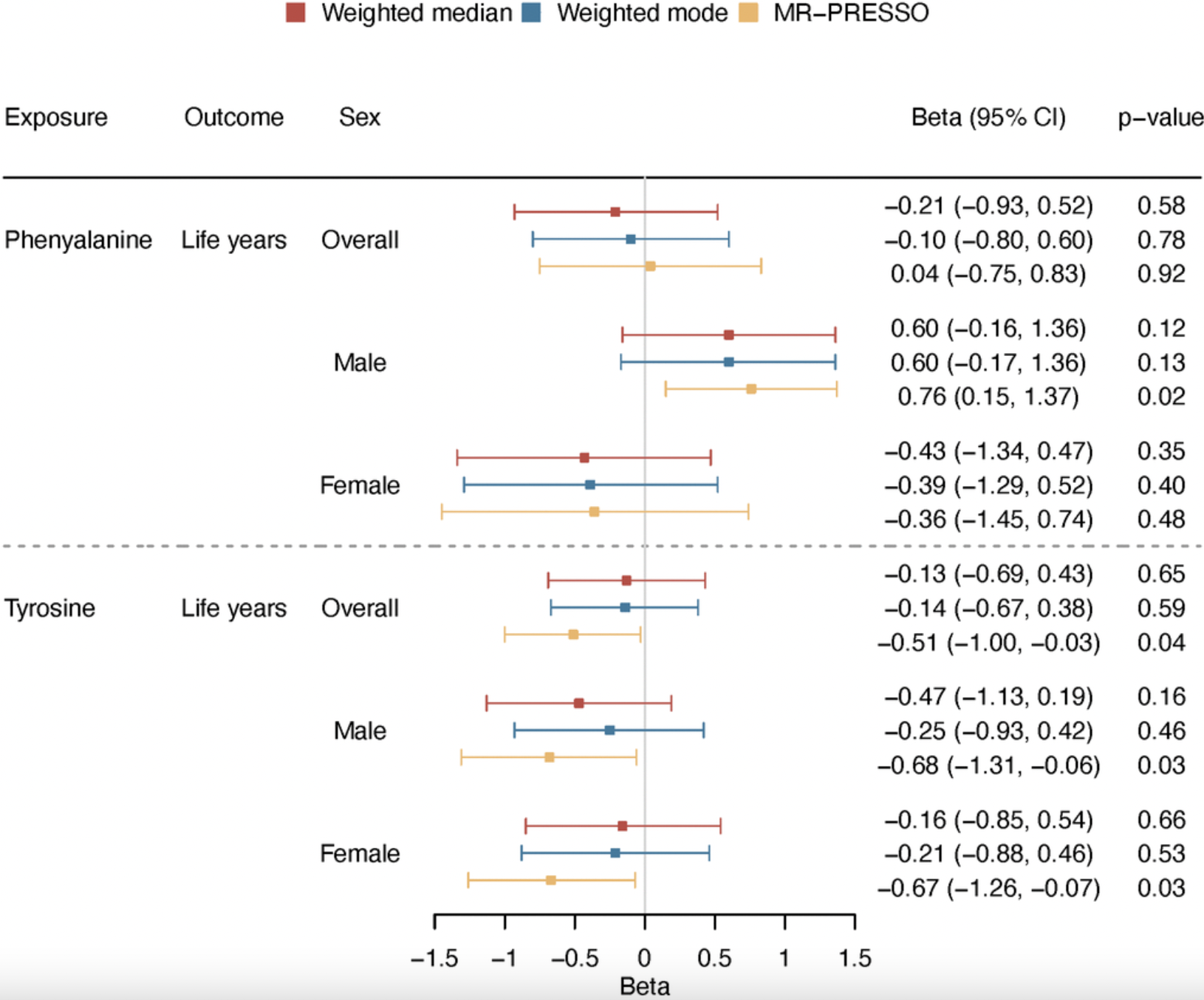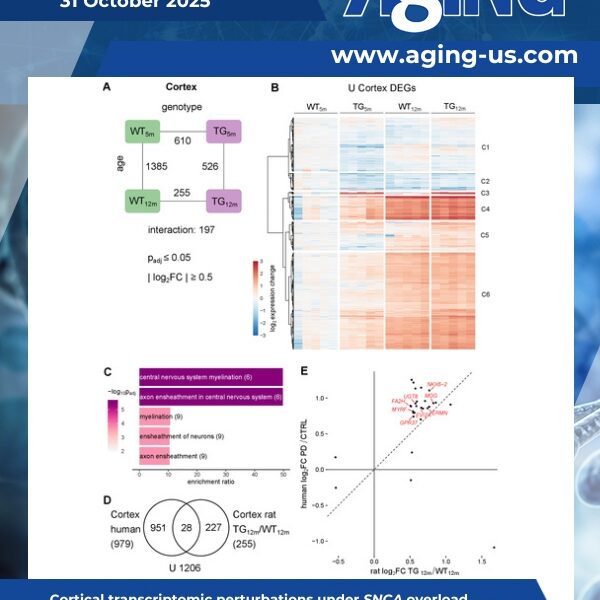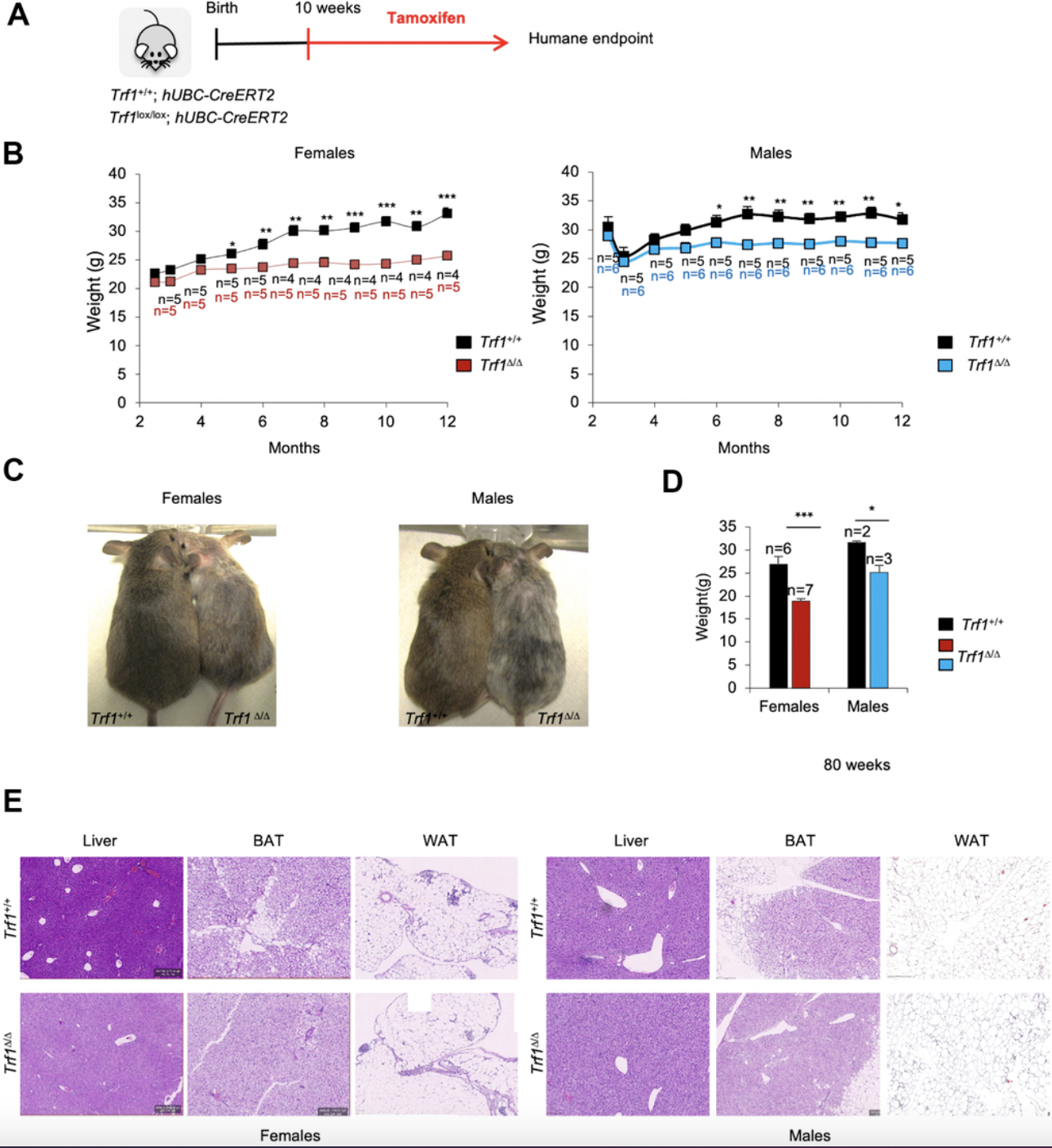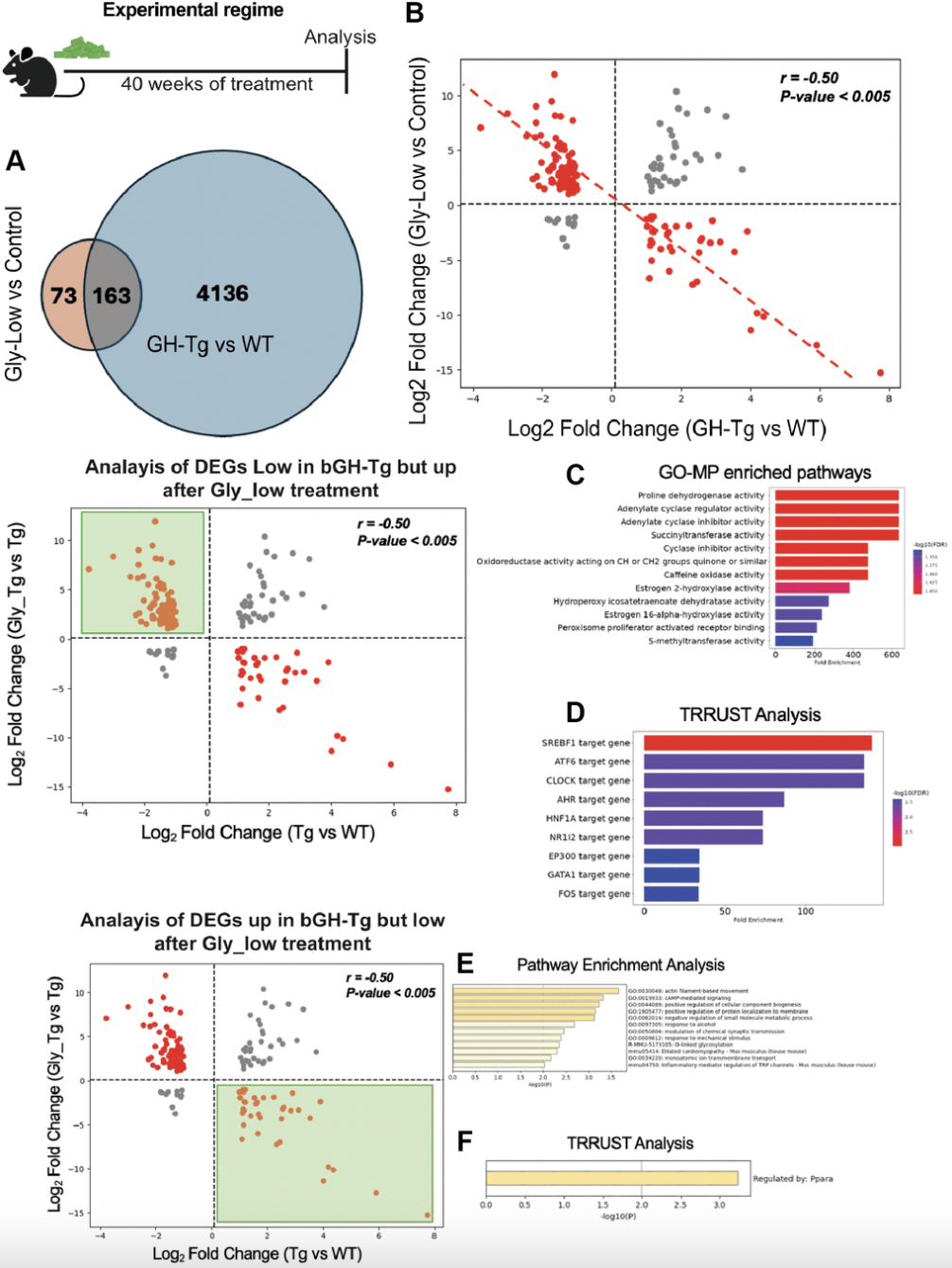A new research paper was published in Volume 17, Issue 10 of Aging-US on October 3, 2025, titled “Growth hormone excess drives liver aging via increased glycation stress.”
Aging-US Authors

A new research paper was published in Volume 17, Issue 10 of Aging-US on October 3, 2025, titled “The role of phenylalanine and tyrosine in longevity: a cohort and Mendelian randomization study.”

“These findings suggest a physiological interaction between exercise and L-BAIBA supplementation to improve soleus muscle and bone properties and reduce bone marrow adiposity.” BUFFALO, NY

A new research paper was published in Volume 17, Issue 10 of Aging-US on September 10, 2025, titled “Longitudinal associations of epigenetic aging with cognitive aging in Hispanic/Latino adults from the Hispanic Community Health Study/Study of Latinos.”

A new research paper featured on the cover of Volume 17, Issue 10 of Aging-US was published on October 20, 2025, titled “Brain region-specific and systemic transcriptomic alterations in a human alpha-synuclein overexpressing rat model.”

A new research paper was published in Volume 17, Issue 9 of Aging-US on September 17, 2025, titled “Depletion of the TRF1 telomere-binding protein leads to leaner mice with altered metabolic profiles.”

A new research paper was published in Volume 17, Issue 9 of Aging-US on September 11, 2025, titled “ Roles of plasminogen activator inhibitor-1 in aging-related muscle and bone loss in mice.”

A new editorial was published in Aging-US on October 13, 2025, titled “Longevity clinics: between promise and peril.”

A new research paper was published in Volume 17, Issue 9 of Aging-US on September 8, 2025, titled, “Runx1 overexpression induces early onset of intervertebral disc degeneration.”

A new research paper was published in Volume 17, Issue 9 of Aging-US on August 30, 2025, titled, “Glycocalyx-targeted therapy prevents age-related muscle loss and declines in maximal exercise capacity.”
